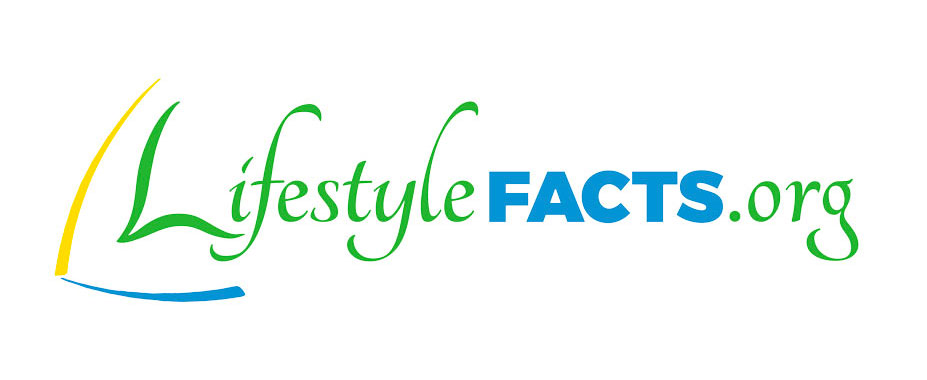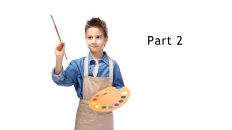By Jerry Morris, PsyD, MsPharm, MBA
MB:
So, our palette is mostly full. The only thing left really is medication, and there’s not much space left for that. How big of an effect, how big of a role, does the science support that medication should play on average?
JM:
Yeah. And I want you to know, I have a graduate degree in psychopharmacology and lots of experience and teach those things. I’m positive towards medications for most of these mental disorders. However, when you really look at the literature and the magnitude of effect, these amphetamine and partial amphetamine groups of drugs really have about a 5-15% effect, and like many of the other categories, they work better with a minority of people than the majority. And so their value is in immediate control and for the subgroups they really work with, the parents really appreciate it if they get that 15% magnitude of effect for control of some of the symptoms. So I’m positive toward them. But what I’m negative about is I really think it’s hard to justify scientifically, ethically or humanitarian-wise treating anybody with ADHD, child or adult, with only medications. I really have a very, very hard time as a scientifically informed and multi-year experienced clinician valuing that approach much.
MB:
So if we’re going to paint a healthy picture of someone, be it ourselves, our child or whoever, we really need the full spectrum of the colors to get a real living, breathing representation here.
JM:
Yeah. If you have a loved one, or you yourself have a serious and persistent mental disorder such as Attention Deficit Disorder, which is in the mood disorder classifications and has really the underpinning of having to mature the brain at multiple levels, which is hard work and takes time, why would you want to have a minimal magnitude of effect treatment plan? You would really want to have somebody guiding your treatment, who puts in the treatment plan that has the maximum probability of a major magnitude of effect.
MB:
Perfect. So we want all the options on the table to come up with an effective treatment plan tailored for that individual.
JM:
Yeah. And that all starts, Marc, with accurate diagnosis. And remember, in our previous meeting, we talked about ADHD is one of the most over-diagnosed and misdiagnosed disorders in my field.
MB:
So we need accurate diagnosis, we need full spectrum individualized treatment, and then we can expect a good outcome.
JM:
We have a much higher probability of brain maturation, which is what we’re going for.
MB:
And a happy, healthy functioning brain.
JM:
You betcha.
MB:
Thank you so much, Dr. Morris.
JM:
Glad to be here, Marc.
Changes in hyperactivity and temperament in behaviourally disturbed preschoolers after parent-child interaction therapy (PCIT). Nixon RDV. Behav Change. 2001;18(3):168-76.
The Influence of Health Behaviours in Childhood on Attention Deficit and Hyperactivity Disorder in Adolescence. Wu X, Ohinmaa A, Veugelers PJ. Nutrients. 2016;8(12):788. doi:10.3390/nu8120788.
Family Centered Approach to Planning and Measuring the Outcome of Interventions for Children with AttentionDeficit/Hyperactivity Disorder. Cunningham C. E. (2007). J Pediatr Psychol. 32(6):676694.
Consultation-Based Academic Intervention for Children With Attention Deficit Hyperactivity Disorder: School Functioning Outcomes. Jitendra AK, DuPaul GJ, Volpe RJ, Tresco, et al. Psychology Review; Jun 2007; 36, 2; PsycINFO pg. 217.





